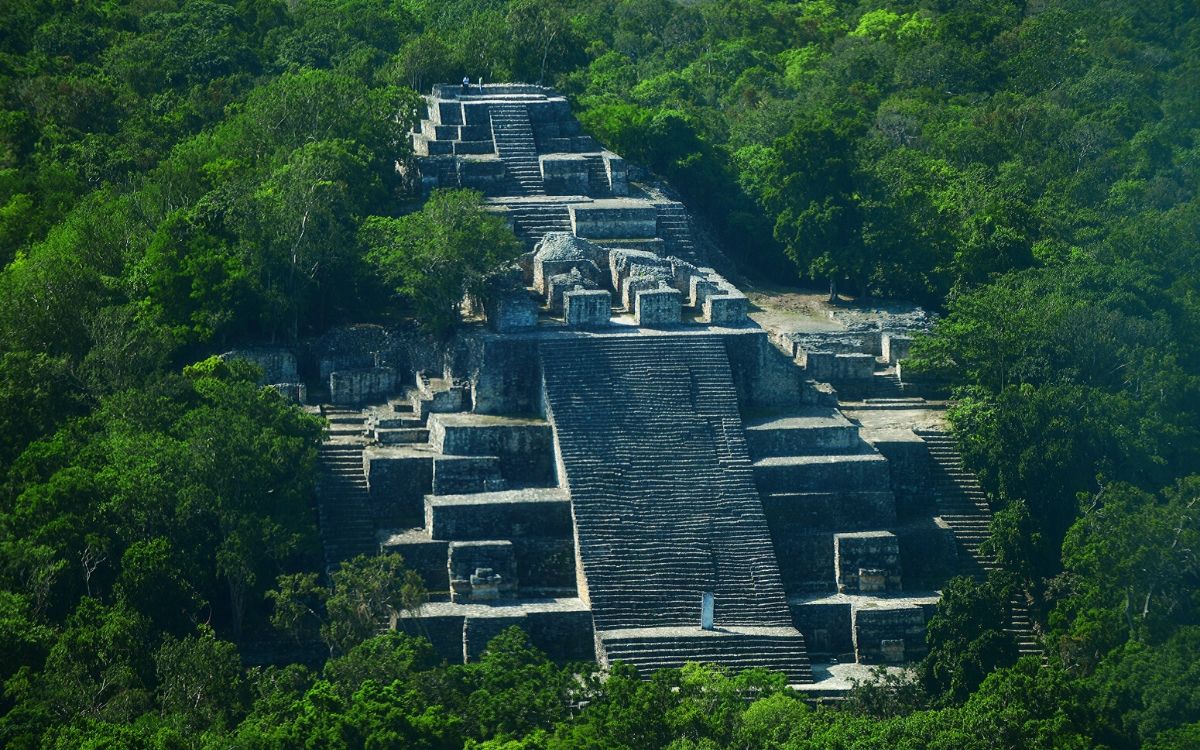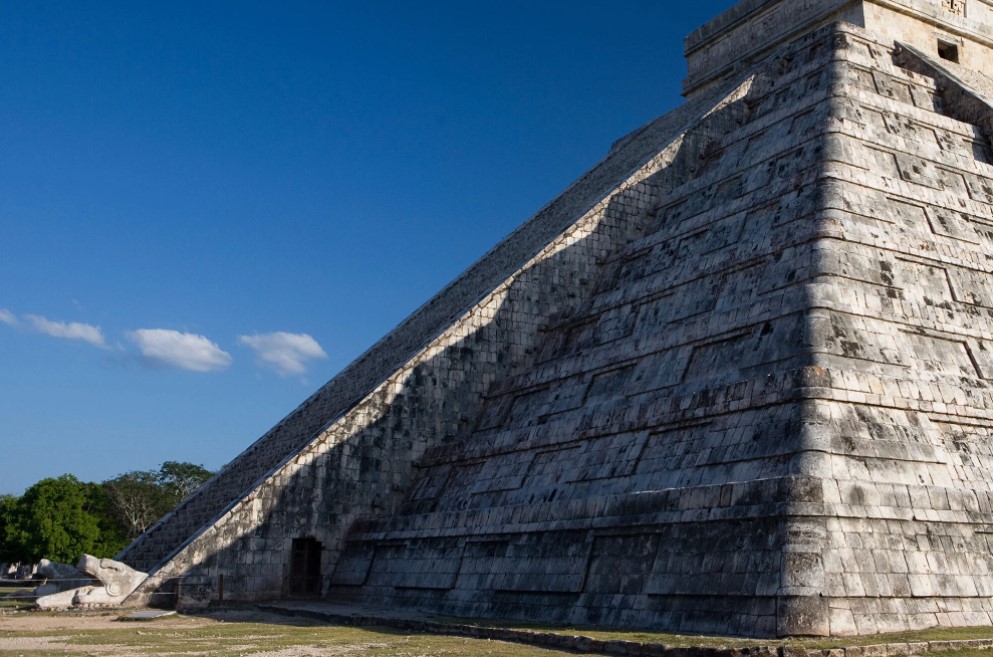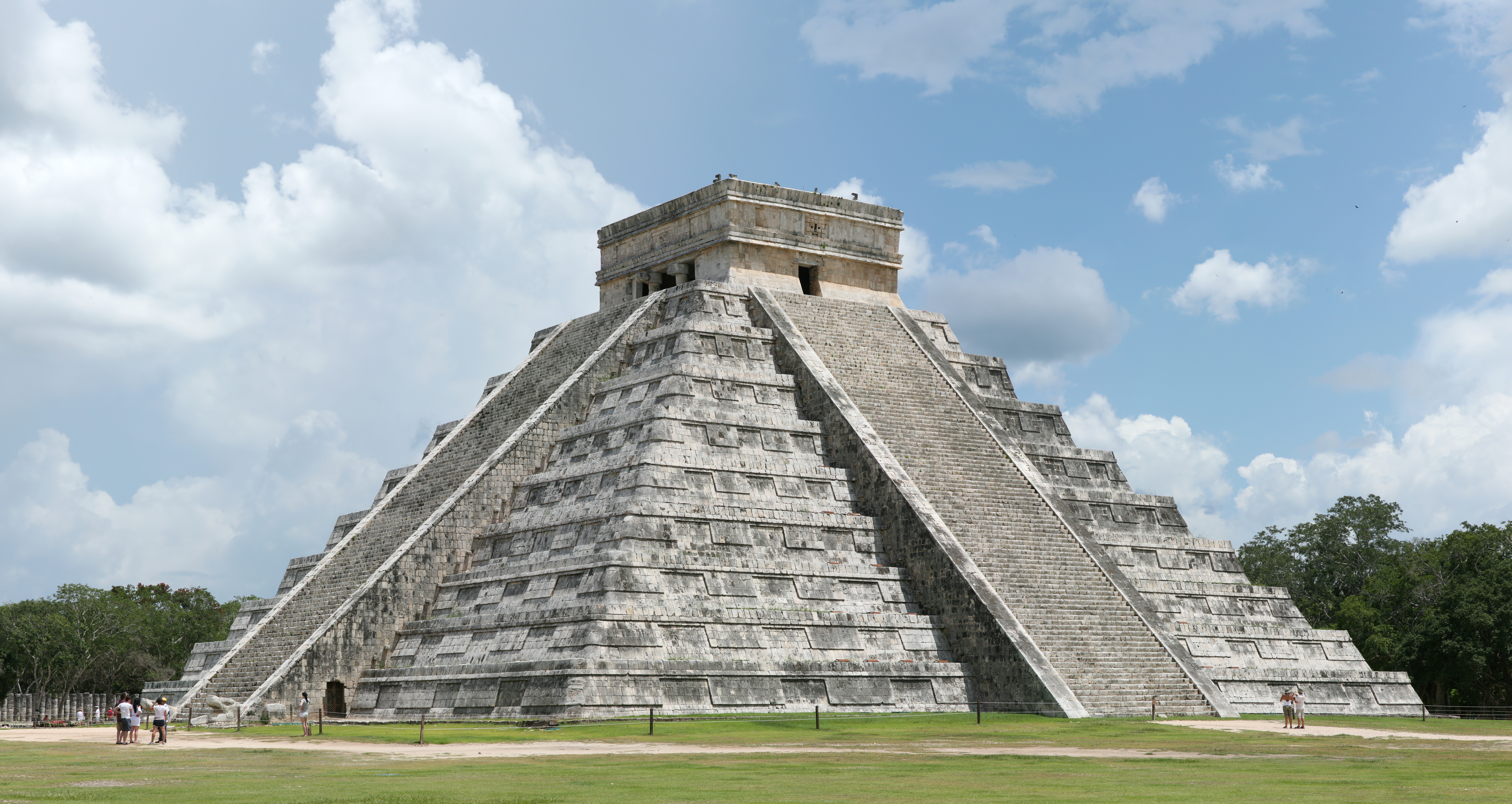Latin America
Related: About this forumWalk Like A Mayan: Mexico's Most Incredible Pyramids
Story by Peter Moore • 2w

Pyramids but not as you know them
©J.Enrique Molina/Alamy Stock Photo
The pyramids of Mexico take the basic principles of the traditional structure and take it to the next level. Some are stepped. Others are covered in niches. Most are topped by temples. One, in Chichen Itza, was built so that the shadow of a giant serpent appears to be slithering up its staircase during equinoxes.
Click through the gallery to see these incredible feats of ancient engineering and learn the often extraordinary stories behind them…
https://www.msn.com/en-us/travel/news/walk-like-a-mayan-mexico-s-most-incredible-pyramids/ss-BB1kEk7b
(Click each photograph to see more information. )
wnylib
(25,355 posts)because of an ad intrusion that left no way past it.
sinkingfeeling
(56,965 posts)wnylib
(25,355 posts)An Amazon ad blocked the spot where the pyramid pics were, so there was nothing for me to click on to go to the next pyramid pic, even though there was a message under the ad that said that the slides continue.
There was also no X on the ad to close it.
Judi Lynn
(164,039 posts)
I found an entire article about it. These things are beyond amazing!
Calakmul article:
https://www.locogringo.com/things-to-do/mayan-ruins/calakmul-ruins-campeche
This is the last photo in the group:

Here's the Wikipedia article concerning this pyramid:

El Castillo, Chichen Itza
https://en.wikipedia.org/wiki/El_Castillo,_Chichen_Itza
(I hope another try at the original article will help. It has several advertisements inserted throughout the assortment of 31 photos. )
wnylib
(25,355 posts)to create such massive buildings are huge. There had to be a specialization of skills, designers, and coordinators. Also, a large labor source which suggests a bottom rung class of workers or enslavement for the tedious labor. Skilled artisans would have done the design and artistic carvings.
There also had to be a class of mathematicians and scientists to do the calculations, measurement, and celestial alignments. In comparison with European and Middle Eastern/north African civilizations, it's like a combination of Egyptian and Roman talent rolled into one.
There also must have been a strong, unifying cultural identification and ideology that supported the civilization's development and governance for centuries.